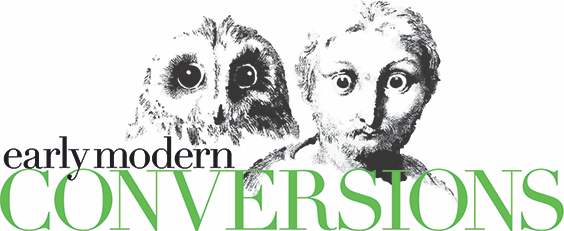Jason R. Young, Francisco Laucirica; Stéfan Sinclair, and José R. Jouve-Martin. – Institute for the Public Life of Arts & Ideas, McGill University
Founded in 1535, Lima served as the colonial capital of the Viceroyalty of Peru. For almost three centuries, the city was also one of the Spanish Empire’s most important centers of social, political, economic and religious life. This project explores the city’s development as a theatre of conversion during the early modern period.
Cities are spaces for public and private civic performances, and understanding the production of that space requires critically engaging with how actors narrate space and how interactions between these narrations enact, reiterate, challenge, and re-narrate space. By “performances”, we mean how individuals, situated in their historical, geographical and social contexts, experienced and shaped Lima as both physical and social space. From Lima’s founding, religious orders played an active role in shaping the budding metropolis and the social and political life of its diverse communities. Our work centers on the role played by religious institutions in shaping the evolution of Lima’s urban space and demographics.
Influenced by digital humanities approaches, this project seeks to further our understanding of space as a simultaneously constructed and experienced set of representations by combining traditional historical, literary, and cartographic scholarship with Geographic Information Systems (GIS) tools to analyze the social and urban development of Lima from a multiplicity of experiential viewpoints from 1535 to its destruction by an earthquake in 1746.
Part of our project focuses on addressing discrepancies between different representations or reconstructions of the city, be they textual or visual. Urban maps, charts, and official histories represent ideas of the city that accord with specific political needs or objectives. By producing both animated and static digital maps, combined with first-person street level narrative accounts, our project provides a window into the local context of urban and imperial politics in the city. An example of this is our project is the first study to offer a historically and geographically imbedded biopolitical mapping of Lima as a sacralized, gendered, racialized, and securitized experience of space. By drawing new insights from the intersections between textual sources, this project offers important insight into understanding not just Lima, but other colonial cities in the early modern era as well.
Below is a link to the video Jason Young and Francisco Laucirica prepared for José Jouve-Martin and Stephen Wittek‘s presentation at the 2014 Early Modern Conversions Team Meeting. It lasts just under 10 minutes and the audio is less than ideal, but it’s a good introduction to the early stages of our work.
Any and all feedback is welcome and encouraged.
https://docs.google.com/file/d/0B7AJ0Ba2jHg4MEtQVEgtakJtblk/edit
